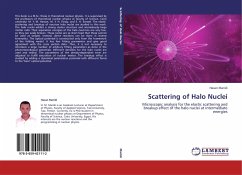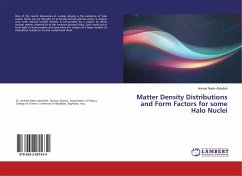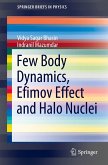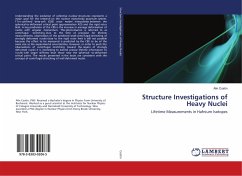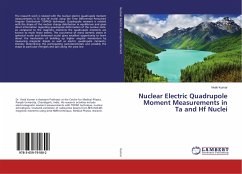This book is a M.Sc. thesis in theoretical nuclear physics. It is supervised by the professors of theoretical nuclear physics at faculty of Science, Cairo university: M. Y. M. Hassan, M. Y. H. Farag, and E. H. Esmael. The elastic scattering and breakup of neutron halo nuclei are studied in this work. The halo nuclei exhibit a strong cluster structure and anomalously large matter radii. Their separation energies of the halo neutrons are very low, so they can easily broken. These nuclei are so short lived that these cannot be used as targets. Instead, direct reactions can be done in inverse kinematics. The optical potential is constructed only from the framework of the folding model. It has few fitting parameters and give good agreement with the cross section data. Thus, it is not necessary to introduce a large number of arbitrary fitting parameters as done in the phenomenological potentials. Different densities for the halo nuclei are used and tested. The parameters of the density-dependent term are adjusted to fulfill saturation of nuclear matter. The breakup effect is studied by adding a dynamical polarization potential with different forms to the "bare" optical potential.

